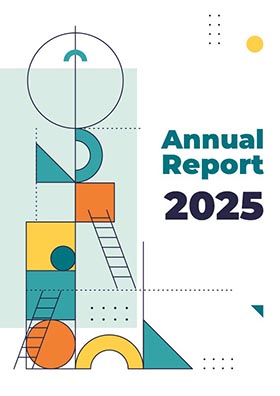Field of Research:
Name of author) (s): Antonella Di Pizio, Anat Levit, Michal Slutzki, Maik Behrens, Rafik Karaman, Masha Y. Niv.
Title of published work: “Comparing Class A GPCRs to bitter taste receptors: Structural motifs, ligand interactions and agonist-to-antagonist ratios”
In book: Methods in Cell Biology, Chapter: 18
Year: 2016
Volume: 132
Pages: 401–427
Publisher: Elsevire
Abstract:
G protein-coupled receptors (GPCRs) are seven transmembrane (TM) proteins that play a key role in human physiology. The GPCR superfamily comprises about 800 members, classified into several classes, with rhodopsin-like Class A being the largest and most studied thus far. A huge component of the human repertoire consists of the chemosensory GPCRs, including ∼400 odorant receptors, 25 bitter taste receptors (TAS2Rs), which are thought to guard the organism from consuming poisons, and sweet and umami TAS1R heteromers, which indicate the nutritive value of food. The location of the binding site of TAS2Rs is similar to that of Class A GPCRs. However, most of the known bitter ligands are agonists, with only a few antagonists documented thus far. The agonist-to-antagonist ratios of Class A GPCRs vary, but in general are much lower than for TAS2Rs. For a set of well-studied GPCRs, a gradual change in agonists-to-antagonists ratios is observed when comparing low (10 μM)- and high (10 nM)-affinity ligand sets from ChEMBL and the DrugBank set of drugs. This shift reflects pharmaceutical bias toward the therapeutically desirable pharmacology for each of these GPCRs, while the 10 μM sets possibly represent the native tendency of the receptors toward either agonists or antagonists. Analyzing ligand–GPCR interactions in 56 X-ray structures representative of currently available structural data, we find that the N-terminus, TM1 and TM2 are more involved in binding of antagonists than of agonists. On the other hand, ECL2 tends to be more involved in binding of agonists. This is of interest, since TAS2Rs harbor variations on the typical Class A sequence motifs, including the absence of the ECL2-TM3 disulfide bridge. This suggests an alternative mode of regulation of conformational states for TAS2Rs, with potentially less stabilized inactive state. The comparison of TAS2Rs and Class A GPCRs structural features and the pharmacology of the their ligands highlights the intricacies of GPCR architecture and provides a framework for rational design of new ligands.
Keywords:
Bitter taste receptors; Canonical binding site; Chemosensory; GPCR activation; Orthosteric site; Pharmacology; Rational design; Structure-based; TAS2R; Virtual screening
Contact author (s):
Name: Rafik Karaman, PhD.
Address: Al Quds University, Faculty of Pharmacy
E-mail: This email address is being protected from spambots. You need JavaScript enabled to view it.


